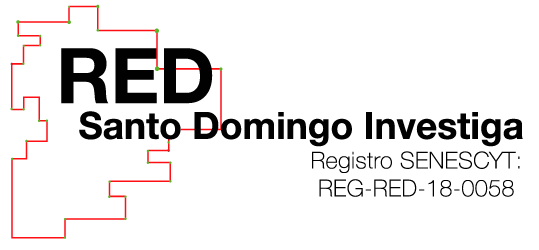OPTIMIZACIÓN DE UN PROTOCOLO DE CULTIVO IN VITRO DE Plantago major L. (LLANTEN) EN MEDIOS DE CULTIVO MURASHIGE & SKOOG CON MODIFICACIONES
OPTIMIZATION OF AN IN VITRO CULTURE PROTOCOL OF Plantago major L. (LLANTEN) IN MURASHIGE & SKOOG CULTURE MEDIA WITH MODIFICATIONS
Haider Cuello
Universidad ESPE
Kelly Caiza
Universidad ESPE
Jorge Alvear
Universidad ESPE
Nicole Andrade
Universidad ESPE
Resumen
Las plantas medicinales en la actualidad son reconocidas con un aval que les permite formar parte de la materia prima de casi la mayoría de medicamentes funcionando como principio activo del mismo. El Plantago magor o más conocido como llantén es una de las plantas con componentes activos de los que destacan su función gastroprotectora y su función como cicatrizante. Los métodos utilizados fueron los más comunes en el cultivo de tejidos por lo tanto se realizaron variaciones de un protocolo utilizando concentraciones diferentes de agar, de BAP y de giberelinas para el análisis de la influencia de estos factores en el crecimiento foliar y altura de la semilla de llantén (Plantago magor). Las concentraciones del agar y la presencia de concentraciones altas y bajas de hormonas (BAP y Giberelina) cuentan con gran influencia en el crecimiento tanto de alto como foliar de la planta de llantén. Obteniendo resultados en donde la influencia de la BAP y de la concentración en agar del medio son los principales autores de la altura de las plántulas, sin despreciar el efecto que tienen las giberelinas en este.
Palabras clave: Plantago major; Bencilanimopurina; Giberelina; Optimización de protocolo
Abstract
Currently, medicinal plants are recognized with an endorsement that allows them to be part of the raw material of almost the majority of medications functioning as their active ingredient. Plantago magor or better known as plantain is one of the plants with active components that highlight its gastroprotective function and its function as a healing. The methods used were the most common in tissue culture; therefore, variations of a protocol were used using different concentrations of agar, BAP and gibberellins for the analysis of the influence of these factors on leaf growth and seed height. of plantain (Plantago magor). Agar concentrations and the presence of high and low levels of hormones (BAP and Giberelin) have a great influence on both high and foliar growth of the plantain plant. Obtaining results where the influence of the BAP and the concentration in medium agar are the main authors of the height of the seedlings, without neglecting the effect that gibberellins have on it.




